The Pros and Cons of Hardscaping vs. Softscaping in Landscape Design
Introduction
Welcome to the world of landscape design, where the interplay between hardscaping and softscaping defines the beauty and functionality of outdoor spaces. At Julie Orr Landscape Design, we delve deep into these design elements, aiming to enlighten and empower you in making informed decisions for your own outdoor haven.
Defining Hardscaping and Softscaping
Hardscaping Defined:
Hardscaping is the foundational framework of landscape design, encompassing non-living elements that provide structural stability to outdoor spaces, defining pathways, enclosing sitting areas, and creating functional structures like pergolas and gazebos. These robust features not only shape the layout but also establish a sense of solidity within the landscape, guiding footsteps, offering visual interest, and contributing to the overall architectural elegance. Elements like pathways, walls, and structures endure over time, enhancing the landscape’s permanence, functionality, and enduring charm.
Softscaping Defined:
Softscaping epitomizes landscape design’s living essence, incorporating plants, trees, shrubs, and flowers that infuse outdoor spaces with organic vibrancy. These natural elements act as artistic strokes, adding texture, color, and adaptability to the environment. Plants offer a changing spectrum of colors, while trees serve both aesthetically and functionally, providing shade and structure. Shrubs define spaces, enhance privacy, and contribute to the overall design. Softscaping orchestrates a symphony of nature, evolving over time to create tranquil, inviting environments that foster a deeper connection with nature. Ultimately, it doesn’t just adorn landscapes; it breathes life into them, evolving and reflecting nature’s artistry and the designer’s vision uniquely.
Pros and Cons
Hardscaping offers compelling advantages for outdoor spaces. Its durability, evident in materials like stone or concrete for pathways and walls, ensures longevity and reduces the need for frequent repairs. Minimal maintenance is required compared to plants, saving time and effort. Providing architectural structure, hardscaping introduces defined lines, textures, and zones for various activities. Yet, considerations like heat retention in darker materials need attention. Strategic material selection and placement can mitigate this concern, ensuring a comfortable outdoor experience.
Hardscaping, despite its advantages in providing durability and stability to outdoor spaces, comes with limitations that require attention. Its inflexible nature, a key drawback, can hinder future modifications within your landscape design. Elements like pathways, walls, or structures, while offering enduring stability, pose challenges for potential alterations. Once installed, these features limit the flexibility to make significant adjustments or additions to the outdoor space. For example, solidly constructed pathways or retaining walls might restrict layout changes or expansions in the future, limiting the adaptability of your outdoor area. Careful consideration of placement and permanency during the initial design phase is crucial. Collaborating with a skilled landscape designer, like Julie Orr Landscape Design, becomes essential to strike a balance between hardscape and softscape elements, ensuring a design that accommodates future changes as your preferences evolve over time.
Hardscaping, despite its advantages in providing durability and stability to outdoor spaces, comes with limitations that require attention. Its inflexible nature, a key drawback, can hinder future modifications within your landscape design. Elements like pathways, walls, or structures, while offering enduring stability, pose challenges for potential alterations. Once installed, these features limit the flexibility to make significant adjustments or additions to the outdoor space. For example, solidly constructed pathways or retaining walls might restrict layout changes or expansions in the future, limiting the adaptability of your outdoor area. Careful consideration of placement and permanency during the initial design phase is crucial. Collaborating with a skilled landscape designer, like Julie Orr Landscape Design, becomes essential to strike a balance between hardscape and softscape elements, ensuring a design that accommodates future changes as your preferences evolve over time.
The cons of softscaping include its higher maintenance requirements compared to hardscaping. Living elements such as plants, trees, and shrubs demand regular care, including pruning, watering, fertilizing, and pest control, to maintain their health and appearance. Moreover, softscape features are susceptible to weather conditions, diseases, and pests, requiring constant attention and potential replacements if affected. Additionally, the flexibility of softscape elements, while beneficial for alterations, can also pose challenges in terms of their growth patterns and potential overgrowth, necessitating consistent monitoring and management to prevent overcrowding or imbalance within the landscape design.
Blending Hardscape and Softscape
Creating a captivating outdoor sanctuary involves skillfully blending hardscape and softscape elements in landscape design, orchestrating a symphony where each component plays a crucial role. Hardscape features like pathways and walls provide structure, while plants and trees add life, texture, and color. Balancing these elements entails considering scale, proportion, and aesthetics, strategically placing them to complement one another. Functionality is essential; thoughtful placement of structures maximizes usability and seamlessly integrates with the surroundings. Adaptability is key; allowing for natural changes ensures your landscape evolves gracefully over time.
Design Flexibility:
Landscape design’s inherent flexibility serves as a canvas for boundless creativity, blending hardscape and softscape elements to craft captivating outdoor spaces. Examples include a serene garden intertwining stone pathways with foliage, an inviting patio bordered by vibrant flora, a tranquil retreat featuring water elements and ornamental grasses, city terraces adorned with vertical gardens, and seamless designs uniting pergolas with flowering bushes. These amalgamations showcase the beauty of combining elements, emphasizing how their thoughtful integration elevates aesthetics and functionality.
Making Informed Choices
Assessing Needs and Preferences:
When diving into landscape design, begin with a comprehensive assessment of your individual needs, style, and space to achieve a balanced mix of hardscaping and softscaping elements. Identify personal preferences, such as the desired ambiance and color palette, to shape the design direction. Assess spatial dimensions for various activities like dining or relaxation, guiding the layout of features. Consider maintenance levels for both hardscape and softscape elements to ensure a vibrant landscape without overwhelming upkeep. By evaluating these aspects, you’ll create an ideal blend of elements that align with your lifestyle and vision.
Collaborative Design Approach:
At Julie Orr Landscape Design, our distinctive approach hinges on collaborative design, distinguishing us in landscape architecture. Embracing clients’ visions as our guiding principle, we begin by comprehensively grasping their aspirations, preferences, and practical needs. We believe that a superb landscape stems from deeply understanding and integrating clients’ desires into a customized design plan. Encouraging open dialogue and active participation, we invite clients to share ideas and feedback throughout the process, ensuring a landscape that authentically mirrors their personality, lifestyle, and aesthetic preferences.
Conclusion: Crafting Your Perfect Landscape
The interplay between hardscaping and softscaping is an art form in landscape design. Julie Orr Landscape Design is dedicated to leading you through this dynamic balance, ensuring your outside space perfectly mixes beauty, usefulness, and personalized tastes for a timeless landscape masterpiece. Click here if you want to read more about our blogs.
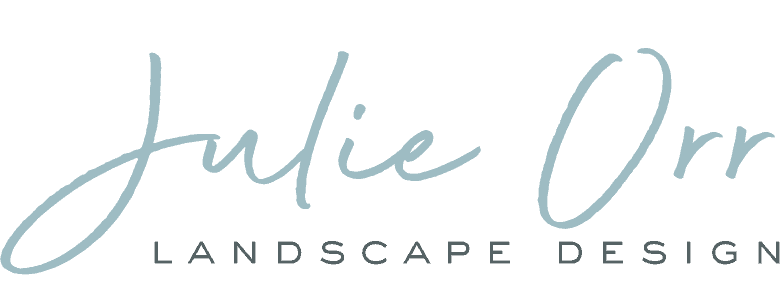
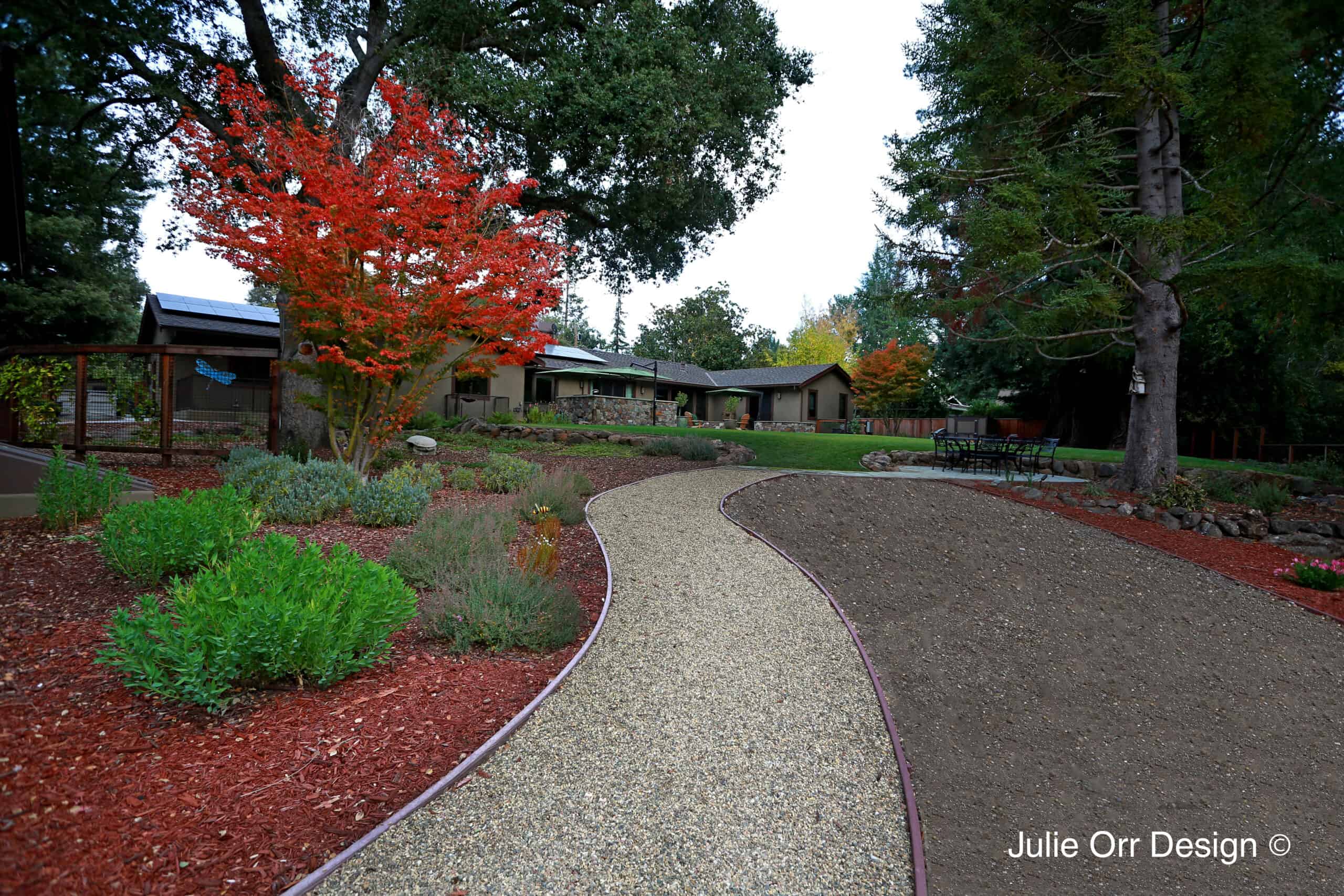
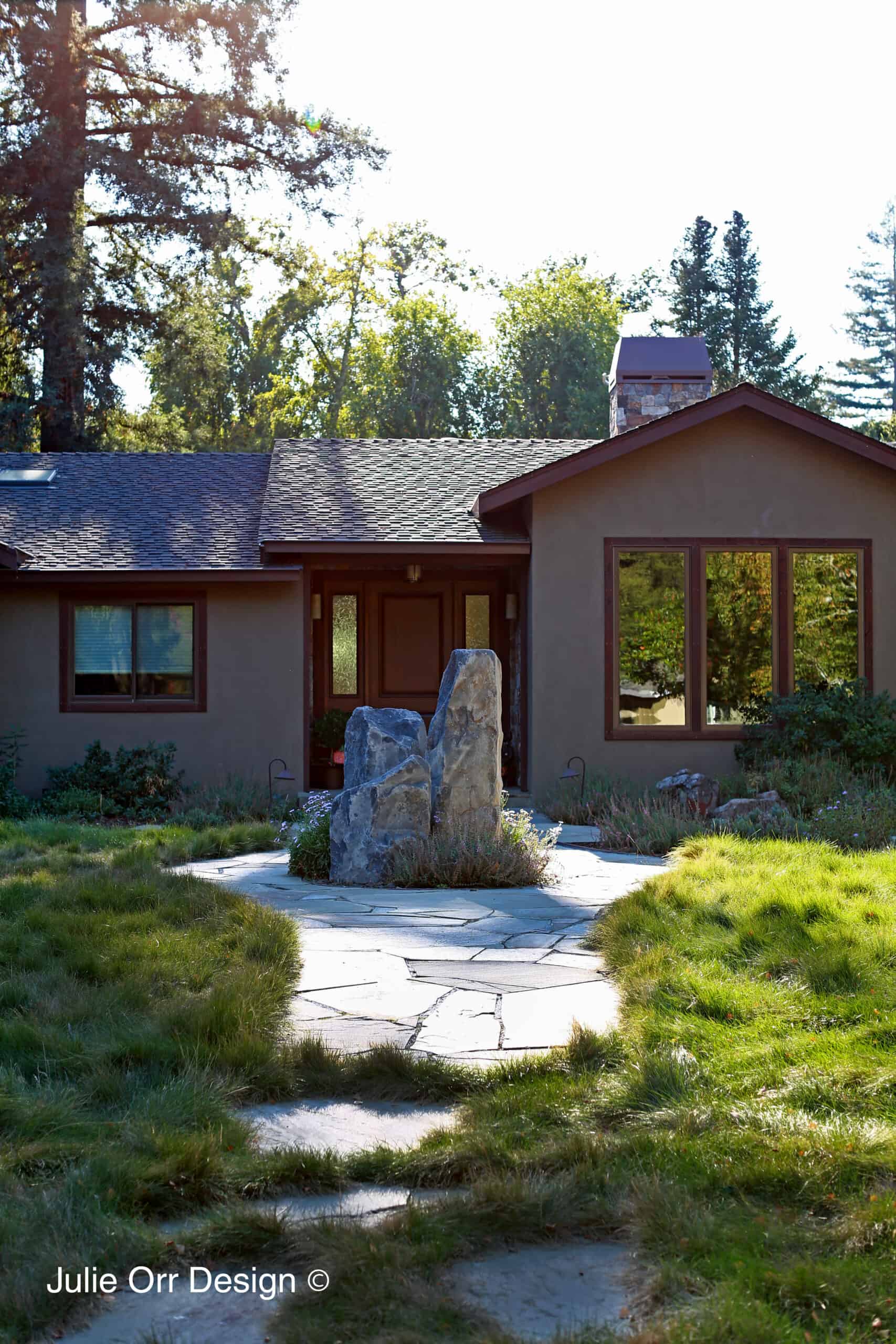
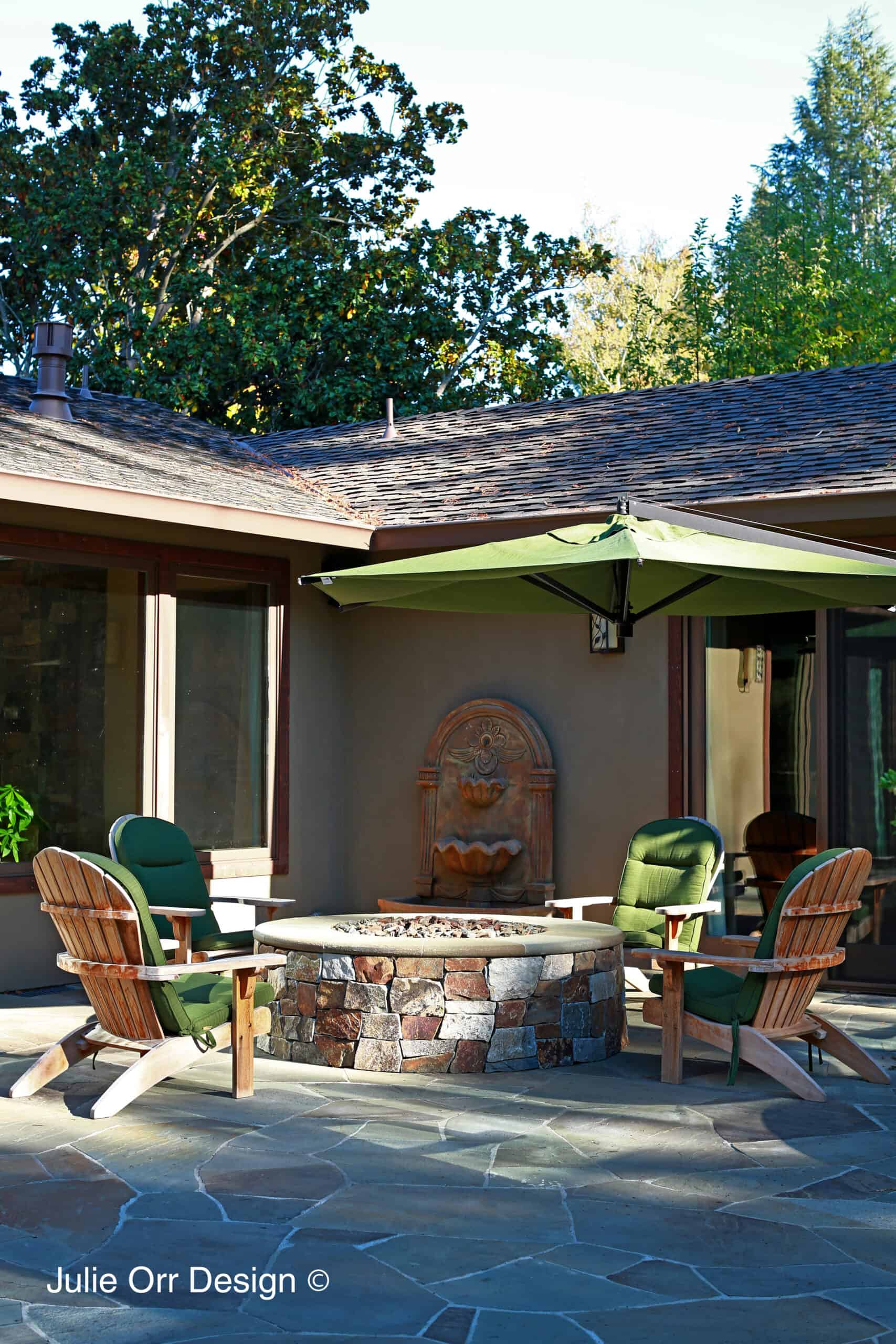
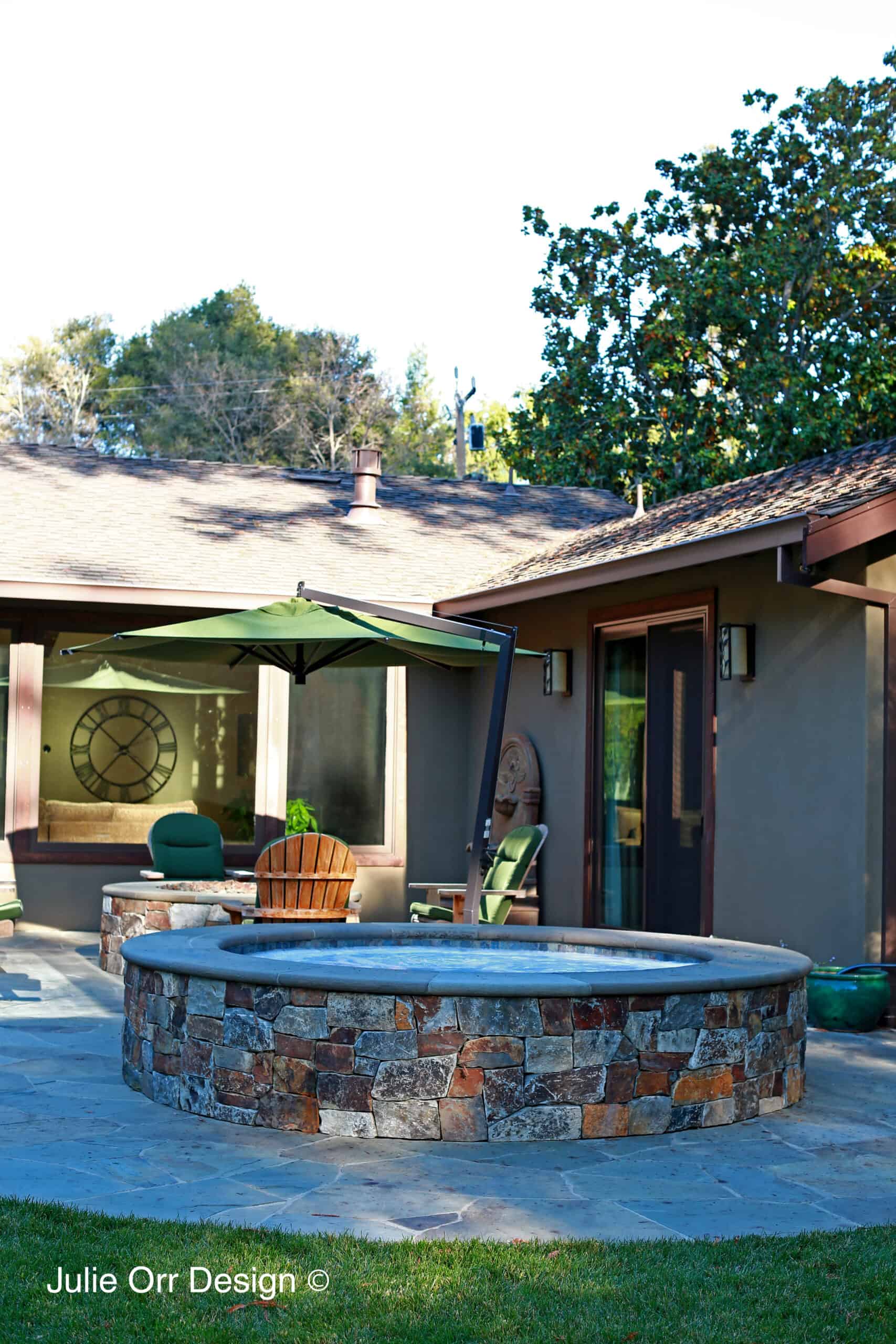
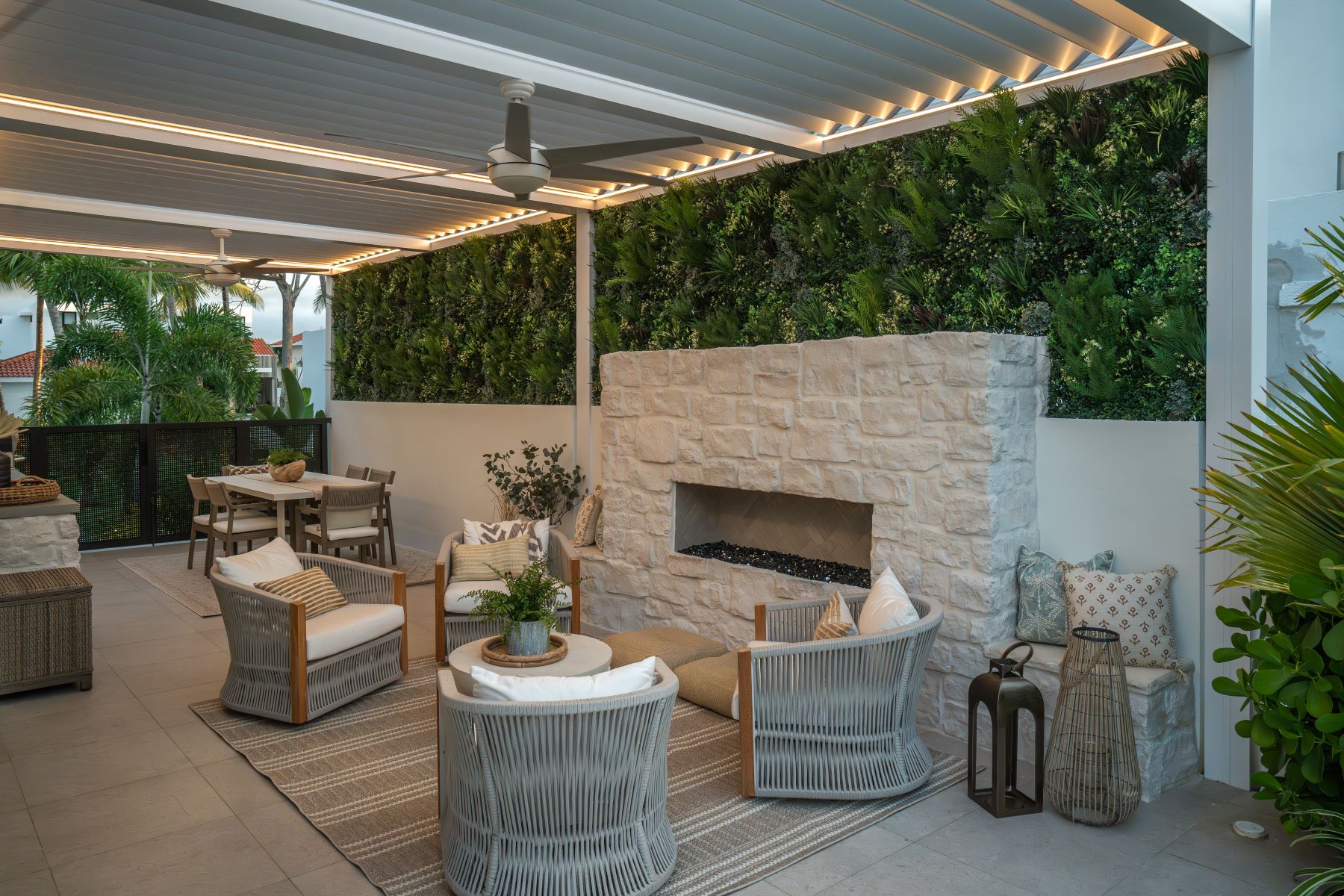
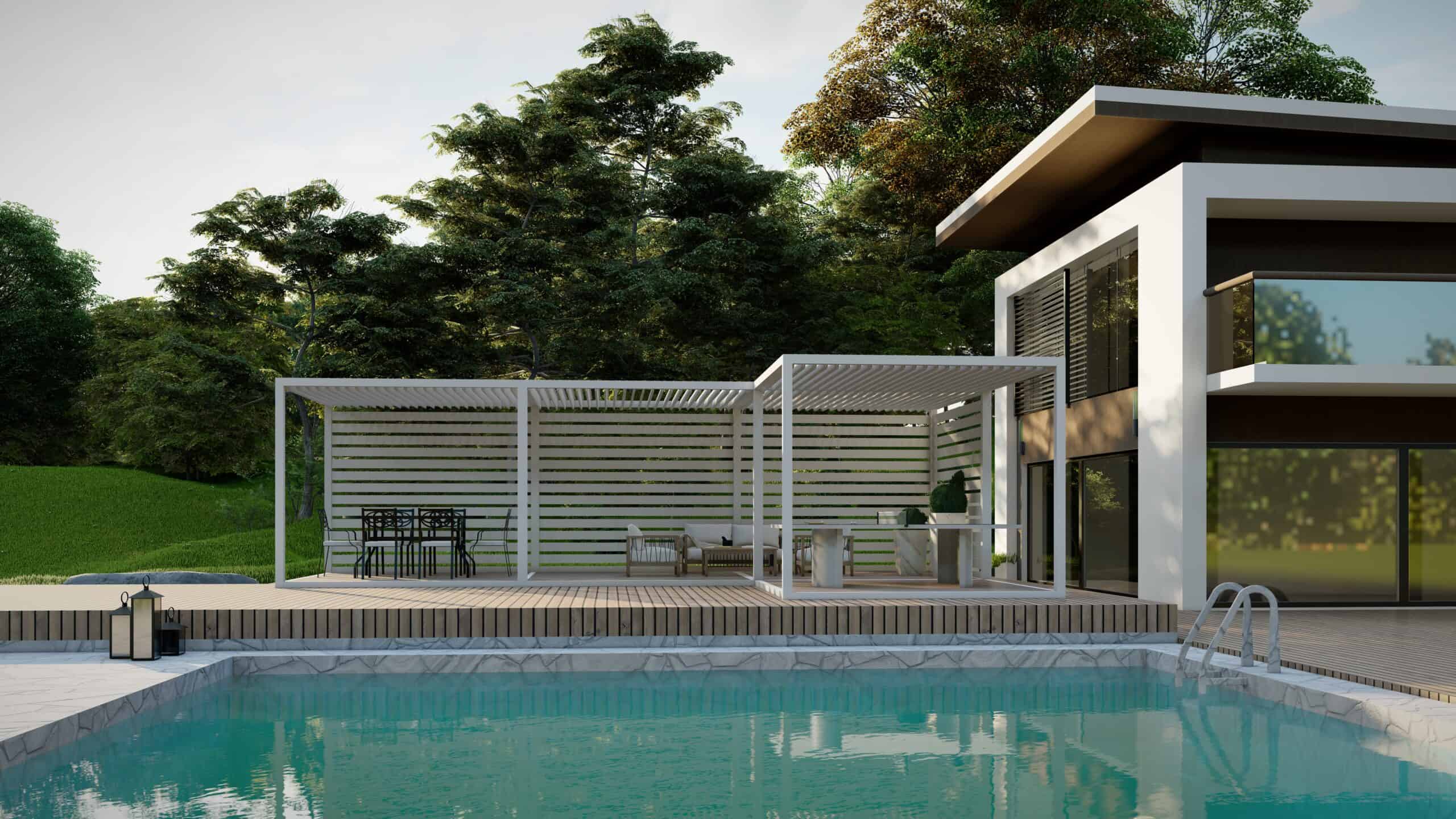
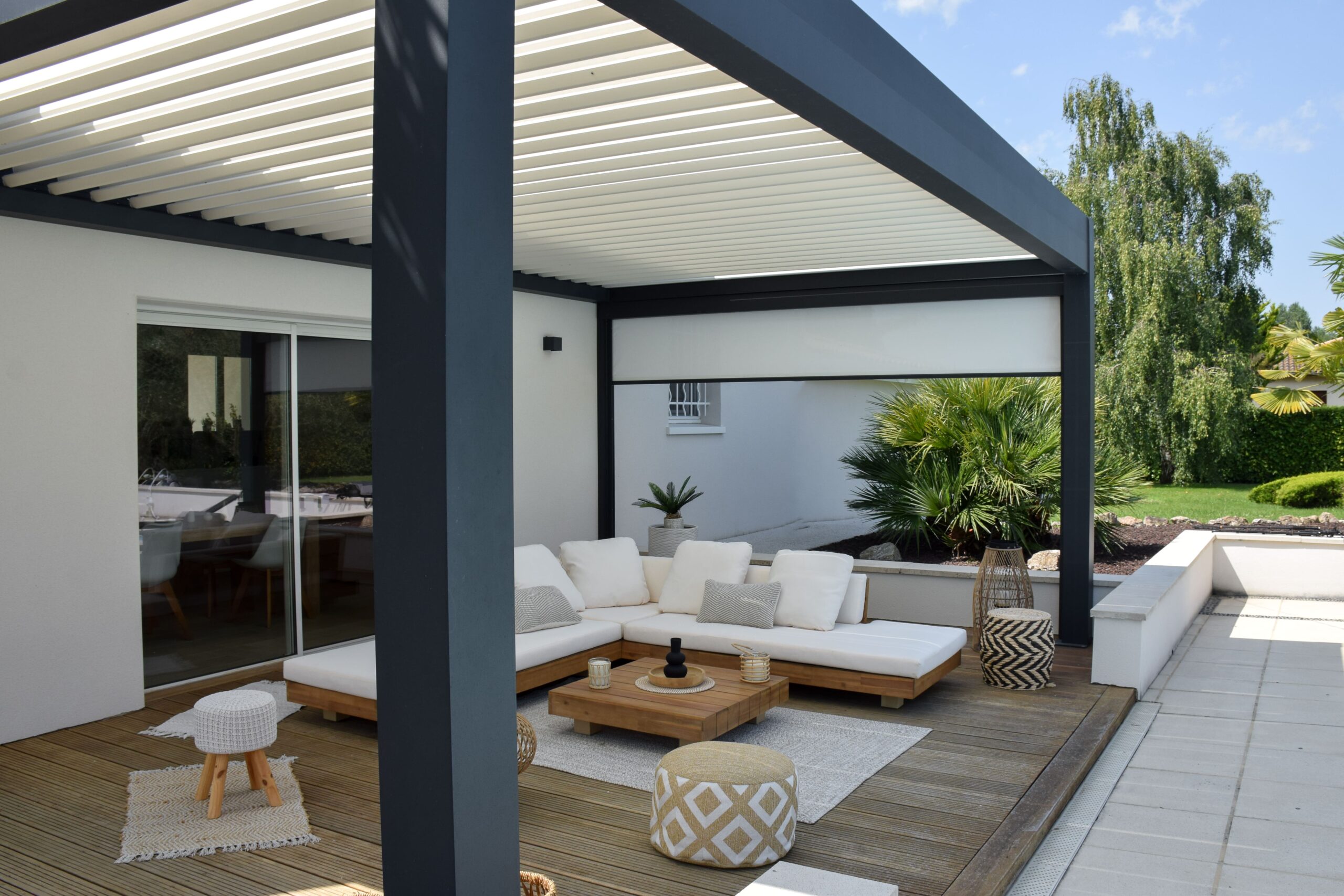
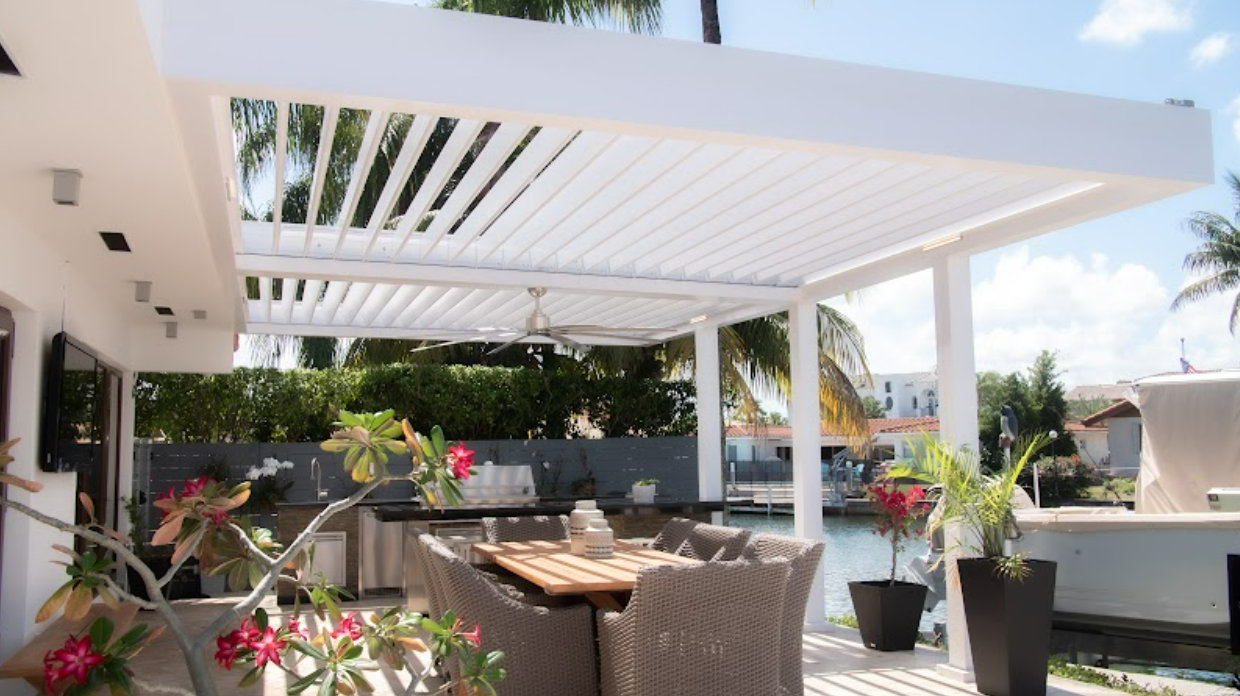
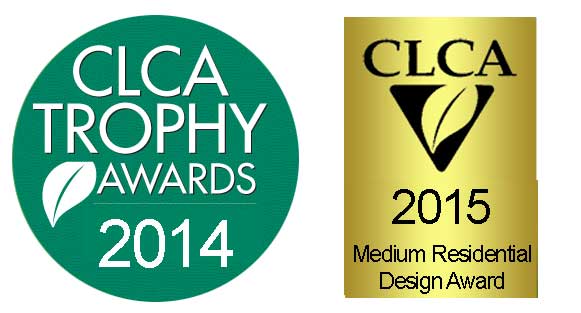

Leave A Comment